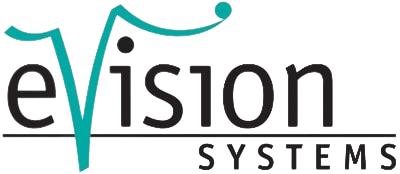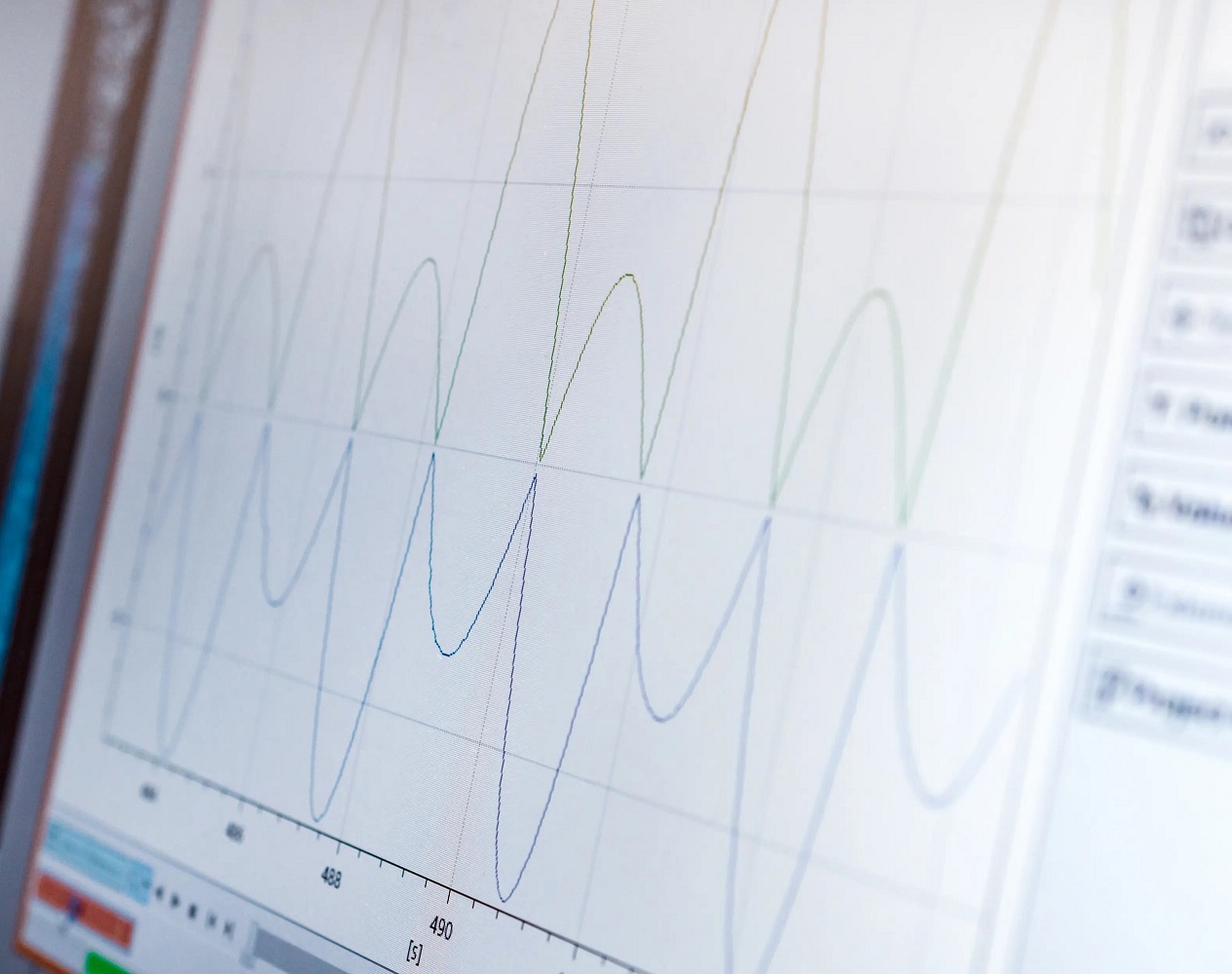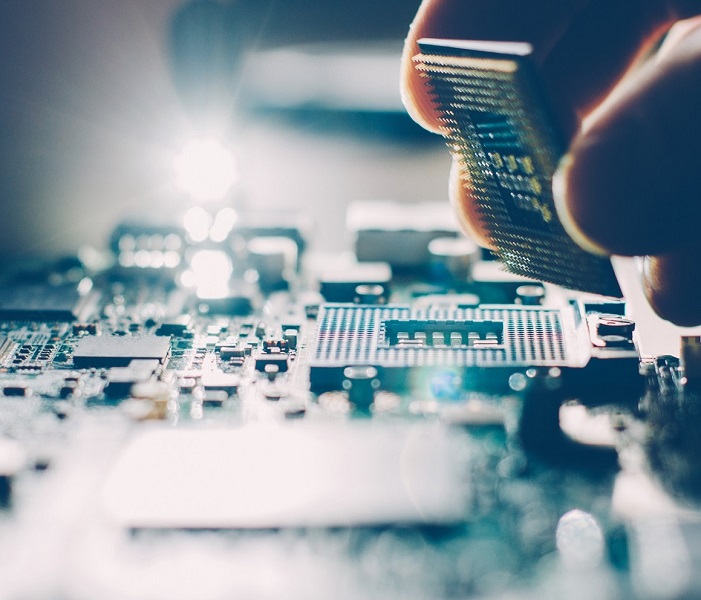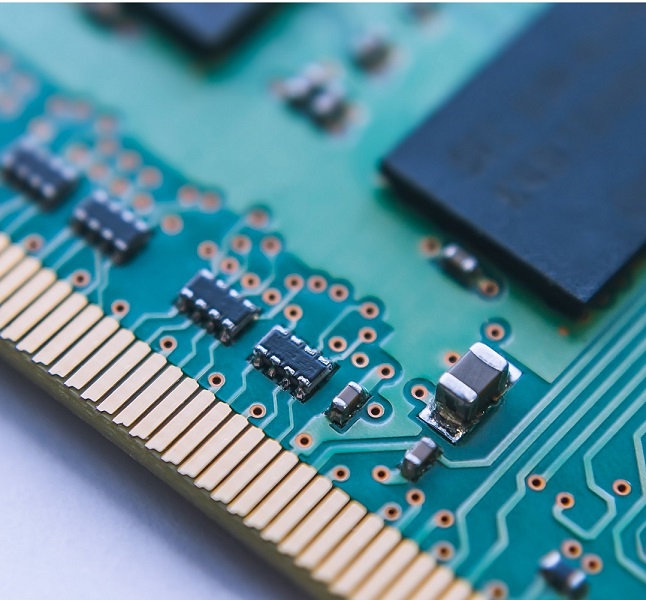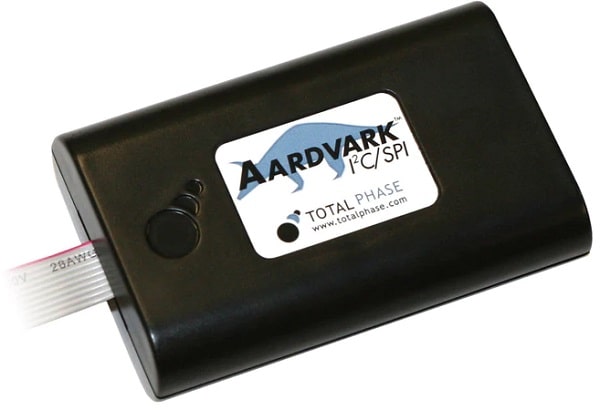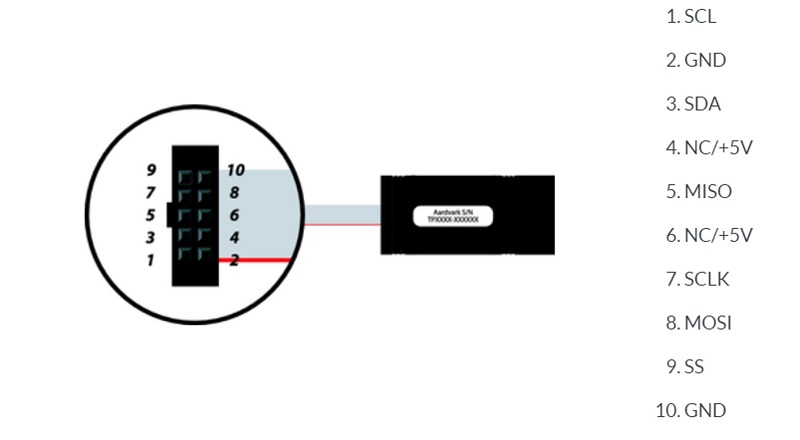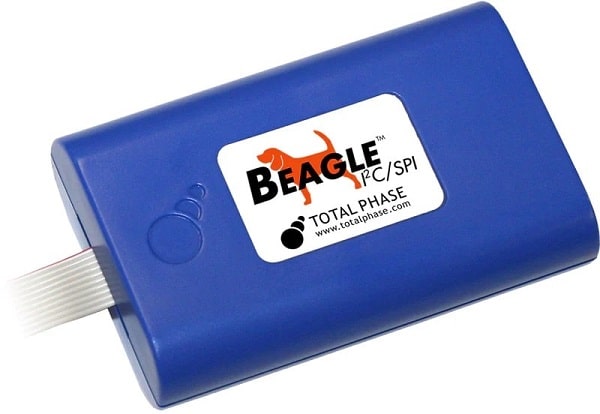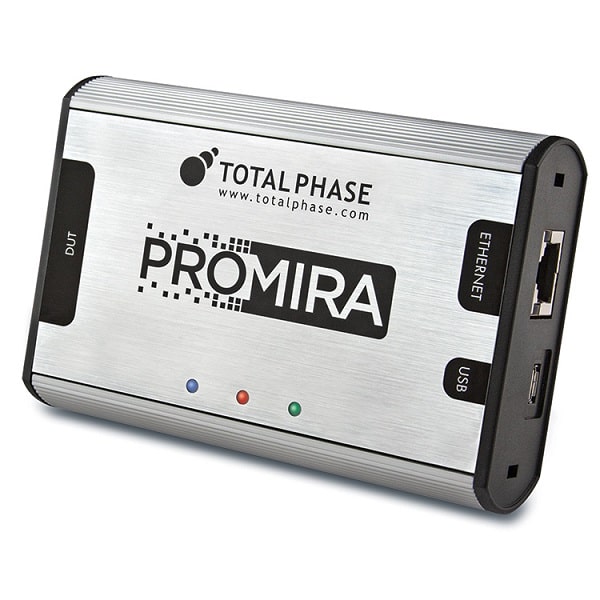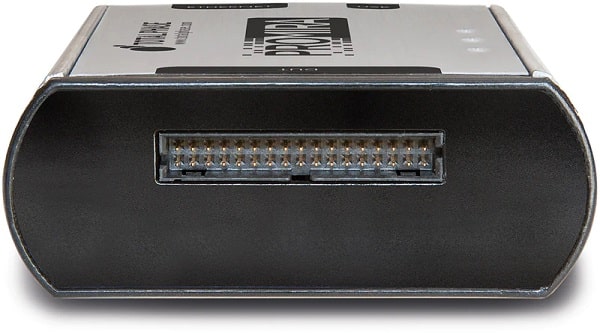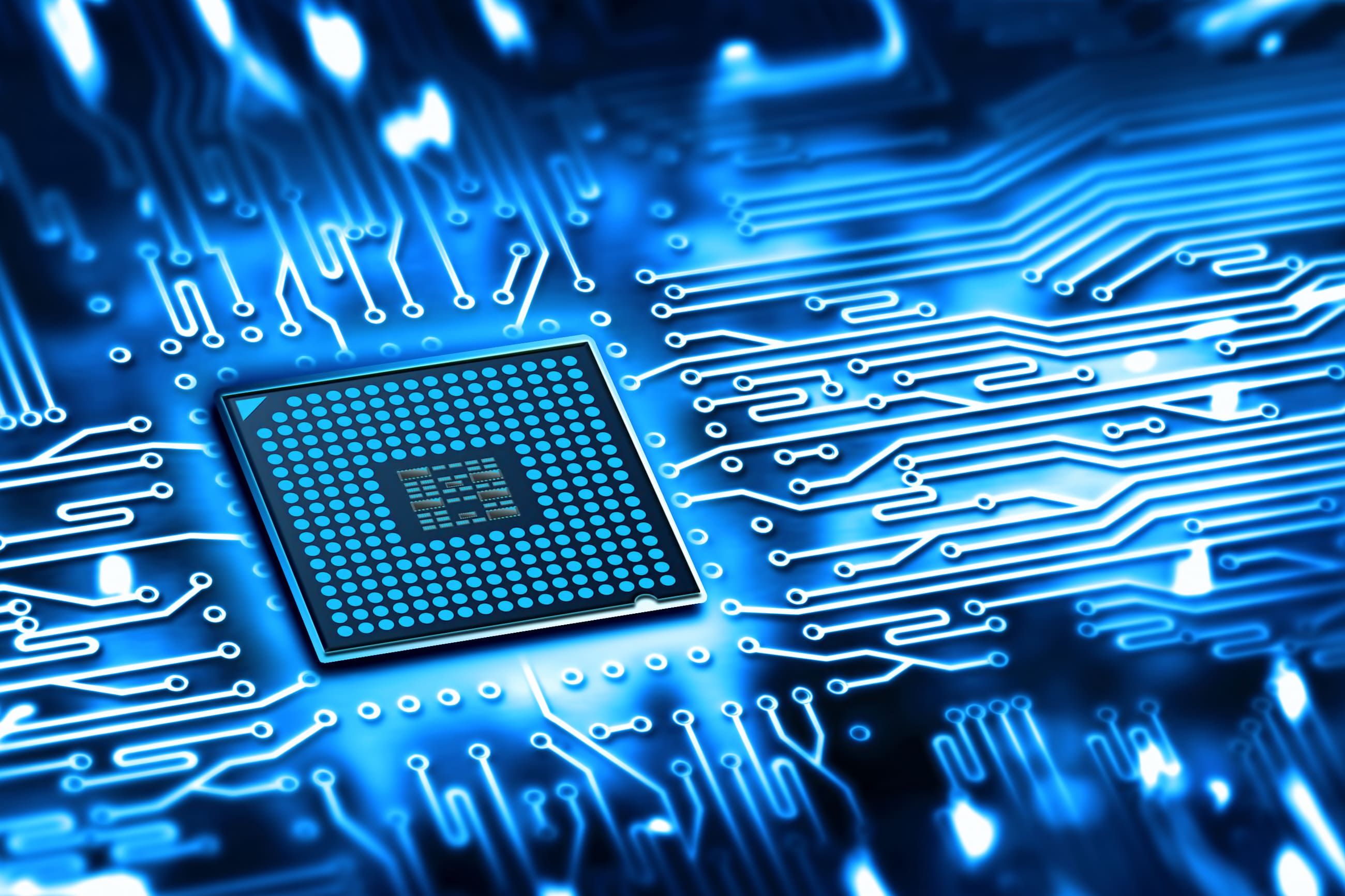
I2C vs SMBus | Differences & Similarities
I2C Bus
I2C (Inter-Integrated Circuit) is an on-board communication protocol that is ideal for short distances and low bandwidth. It has a master-slave architecture in which all slaves are connected to the master via two lines: the serial data line (SDA) and the serial clock line (SCL). I2C is typically used to connect lower speed peripherals such as sensors to processors and microcontrollers over short distances within an integrated circuit.
The I2C protocol defines how data is sent. At the beginning, the master issues a start condition, followed by the address of the slave device with which it is communicating. As soon as the corresponding slave has identified its address, it looks for the progressive read / write flag issued by the master. This flag tells the slave whether it can receive data or send data. As soon as the slave has confirmed the master, communication is continued.
A feature of I2C is the built-in test system: Each data byte is confirmed by the receiver with either ACK or NAK to signal to the sender whether the data has been received or not. As soon as the master has finished communication with the addressed slave, it issues a stop condition to signal the end of the transmission. After the stop condition, communication with other slave devices can begin.
The I2C protocol defines how data is sent. At the beginning, the master issues a start condition, followed by the address of the slave device with which it is communicating. As soon as the corresponding slave has identified its address, it looks for the progressive read / write flag issued by the master. This flag tells the slave whether it can receive data or send data. As soon as the slave has confirmed the master, communication is continued.
A feature of I2C is the built-in test system: Each data byte is confirmed by the receiver with either ACK or NAK to signal to the sender whether the data has been received or not. As soon as the master has finished communication with the addressed slave, it issues a stop condition to signal the end of the transmission. After the stop condition, communication with other slave devices can begin.
SMBus
The System Management Bus (SMBus) is a two-wire interface via which various system components are connected. Chips can communicate with each other and with the rest of the system. It is based on the principles of the I2C bus. The SMBus is a control bus for system and energy management tasks. A system can use the SMBus to route messages to and from devices rather than triggering individual control lines. The removal of control lines reduces the number of pins. With the system management bus, a device can provide manufacturer information and communicate it to the system, such as the
Model / part number is, saving the status for a suspend event, reporting various types of errors & more functions are possible.
Model / part number is, saving the status for a suspend event, reporting various types of errors & more functions are possible.
Differences between I2C and SMBus
In general, the I2C bus and SMBus are compatible, but there are some subtle differences between the two that can cause some problems. The following tables summarize the differences between the two buses.
Clock speed comparison
| Bus | I2C | SMBus |
| Minimum | Kein | 10 KHz |
| Maximum | 100 KHz (Standard Mode) 400 KHz (Fast Mode) | 100 KHz |
| Timeout | Kein | 35ms |
Electrical Characteristics Comparison
| Bus | I2C | SMBus |
| VHigh | Feste Spannung: 3.0 bis VDD_max + 0.5V VDD Relativ: 0.7 bis VDD_max + 0.5V | 2.1 V bis VDD |
| VLow | Feste Spannung: -0.5V bis 1.5V VDD Relativ: -0.5 bis 0.3VDD | bis 0.8 V |
| Max Current | 3 mA | 350 µA |
I2C test and measurement tools
Having the right tools is essential when developing with I2C to save time to market and money.
Aardvark I2C/SPI Host Adapter
TP240141
Erase, program, verify Memory Devices - The Aardvark I2C/SPI Host Adapter is a fast and powerful I2C bus and SPI bus host adapter through USB.
€309.00*
Beagle I2C/SPI Protocol Analyzer
TP320121
The versatile Beagle I2C/SPI Protocol Analyzer is the ideal tool for the embedded engineer who is developing an I2C, SPI, or MDIO based product.
€369.00*
Promira I2C/ SPI/ eSPI Platform €1,060.00*
TP500110-S
Promira is a universal hardware platform usable for a variety of applications, like I2C, SPI and eSPI.
Variants from €900.00*
